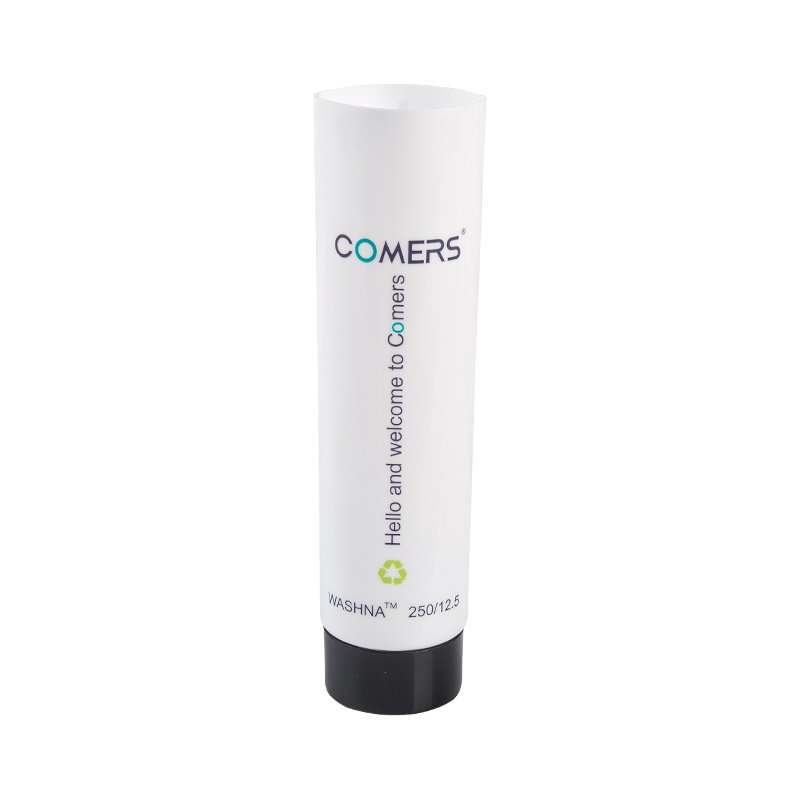In today’s competitive packaging industry, choosing the right material is crucial for product protection, sustainability, and regulatory compliance. EVOH-based film has rapidly emerged as a high-performance substitute for traditional Aluminum Barrier Laminates (ABL), offering a balance of excellent barrier properties and environmental benefits that manufacturers and brand owners increasingly demand. While ABL has long been the standard for oxygen and moisture barriers, the EVOH-based film technology brings a fresh approach that enhances recyclability without compromising on protection. This shift reflects growing market awareness and regulatory pressures around sustainability, pushing the industry toward more eco-friendly packaging solutions.
One of the most compelling reasons to consider EVOH-based film over ABL is its fully plastic composition, which makes it recyclable through existing plastic recycling streams. ABL, composed of aluminum foil laminated between plastic layers, is notoriously difficult to recycle due to the combination of metal and plastic materials. This challenge often leads to landfill disposal, increasing environmental impact. In contrast, EVOH-based film maintains superior oxygen and moisture barrier properties with a multi-layer polymer structure that allows the entire packaging to remain within the recyclable plastic category. This aspect not only aligns with global sustainability initiatives but also helps businesses meet the stringent APR certification requirements, which have become a key benchmark for environmentally responsible packaging.
Performance-wise, EVOH-based films deliver barrier capabilities that rival or even surpass ABL in many applications. The core EVOH layer acts as an effective shield against oxygen permeation, maintaining oxygen transmission rates (OTR) of less than 1 cc/m²/24h/1 atm, which is critical for preserving the freshness and shelf life of sensitive products like toothpaste, cosmetics, and ointments. Similarly, the moisture barrier, indicated by low water vapor transmission rates (WVTR), ensures that products remain stable and uncontaminated over time. The ability to customize the EVOH ratio and film thickness enables manufacturers to fine-tune these protective properties for specific end uses, a flexibility not easily achievable with traditional aluminum laminates.
Another advantage lies in the mechanical properties and processing efficiency of EVOH-based films. The special formula designs incorporated into these films provide enhanced stiffness and strength, facilitating easier handling during manufacturing and consumer use. The one-step blown film process, especially when performed with state-of-the-art equipment like Windmöller & Hölsche 9-layer lines, ensures consistent quality and reduces production complexity compared to the multi-step lamination processes often required for ABL packaging. This streamlined production not only lowers operational costs but also shortens lead times, providing a significant advantage in fast-moving consumer goods markets.

From a regulatory perspective, EVOH-based films meet rigorous safety standards such as those mandated by the EU, FDA, and GB regulations, which are vital for products in health-conscious sectors like cosmetics and pharmaceuticals. The all-plastic structure of EVOH films eliminates concerns about metal contamination or foil delamination, enhancing product safety and consumer trust. This compliance capability gives manufacturers confidence that their packaging solutions align with international quality benchmarks and avoid potential regulatory pitfalls associated with complex laminate materials.
It is worth noting that the shift toward EVOH-based films is also driven by consumer trends favoring sustainable and recyclable packaging. Brands that adopt these innovative films can leverage their environmental credentials as a marketing advantage, resonating with eco-conscious consumers. Highlighting the recyclable nature and the absence of aluminum components positions products as forward-thinking and responsible, strengthening brand reputation in a crowded marketplace. Our EVOH-based film line is designed with these benefits in mind, providing customers not only with cutting-edge barrier technology but also with a packaging solution that supports their sustainability goals.
In summary, EVOH-based film represents a sophisticated evolution in barrier packaging, effectively replacing traditional Aluminum Barrier Laminates by combining excellent oxygen and moisture protection with recyclability, manufacturing efficiency, and regulatory compliance. For businesses looking to future-proof their packaging while addressing environmental concerns, EVOH films offer a compelling, industry-leading alternative that meets the demands of both manufacturers and end consumers. Choosing EVOH-based film is not just a technical decision but a strategic step toward sustainable growth and market leadership.

 LANGUAGE
LANGUAGE
 English
English 中文简体
中文简体











